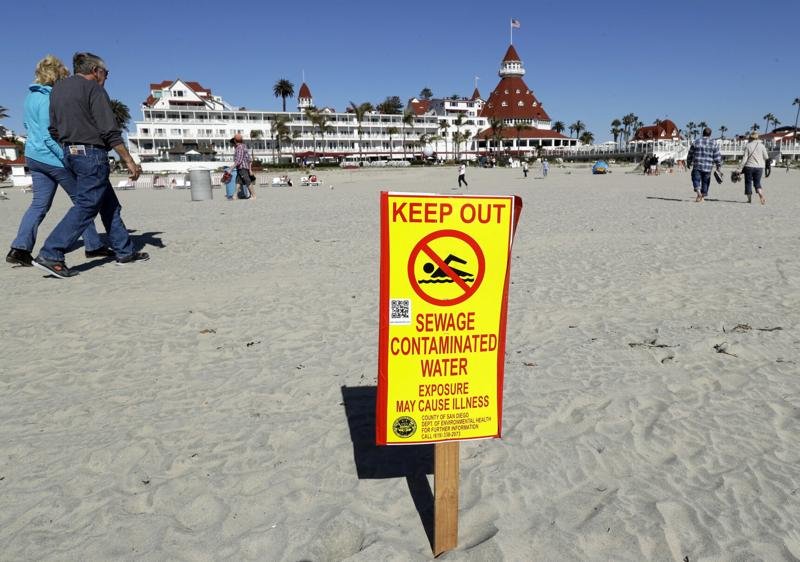(The Center Square) – On Sept. 7, 1993, the San Diego City Council declared a state of emergency regarding the discharge of raw sewage it said was coming from Tijuana, Mexico, and polluting the international border.
More than 30 years later, the San Diego City Council renewed the state of emergency on Feb. 27 over an ongoing issue that has been traced back to 1934.
In the past five years, the International Boundary and Water Commission stated that more than 100 billion gallons of untreated sewage, industrial waste and urban runoff have been discharged into the Pacific Ocean from the Tijuana River.
A recent report from the San Diego State University found the problem is worsening.
“Current regulation and monitoring measures are inadequate in relation to known contaminants, yet the potential health risks to surrounding communities from harmful viruses, bacteria and potential parasites as well as toxic chemicals in water and air, present a pressing public health crisis,” the February 2024 report stated.
The more recent focus of the issue has been the South Bay International Wastewater Treatment Plant. It is located in San Diego County and treats sewage that comes from Tijuana and then discharges it into the Pacific Ocean. The treatment plant can handle up to 25 million gallons per day of sewage.
In August 2023, about 20,000 gallons of raw, untreated sewage spilled from a pumping station of the South Bay International Wastewater Treatment Plant onto a public street in San Ysidro, California.
U.S. Congressman Scott Peters said the South Bay International Wastewater Treatment Plant fell into a severe state of disrepair. The United State-Mexico-Canada Agreement dedicated $300 million in 2021 to upgrade the facility and President Joe Biden included another $310 million to fix the plant’s issues in a supplemental spending bill in 2023.
In January, the non-profits Coastal Environmental Rights Foundation and the San Diego Coastkeeper threatened to sue the International Boundary & Water Commission. The non-profits claimed the International Boundary & Water Commission was liable for the wastewater treatment plant’s violations of the Clean Water Act.







